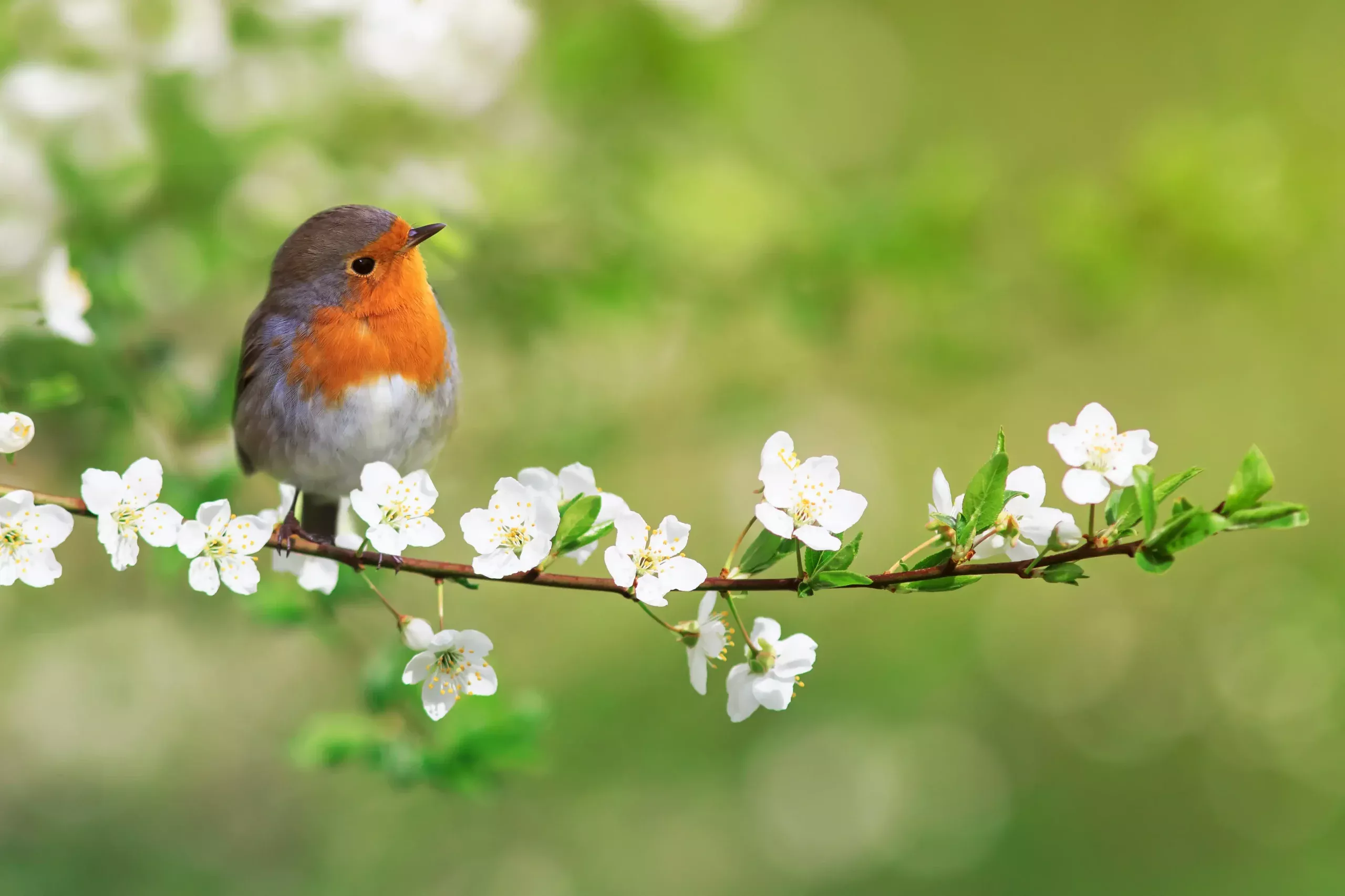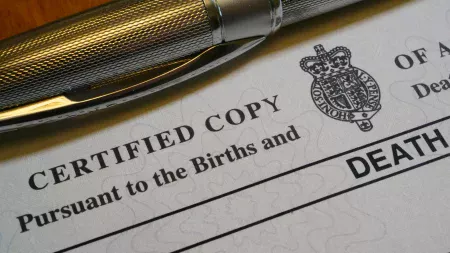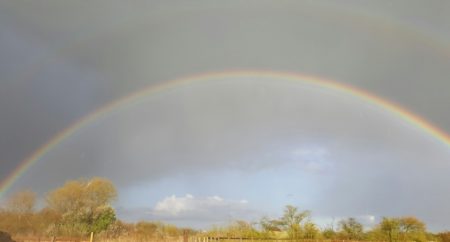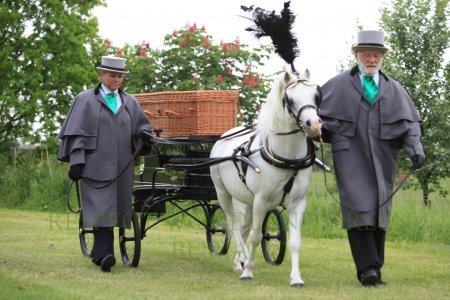Welcome to our comprehensive guide to identifying British birds commonly found in our woodland green burial parks.
This guide is designed to help visitors, nature enthusiasts, and those attending services at our serene locations to appreciate the vibrant birdlife that thrives in these natural settings.
From the cheerful song of the Chaffinch to the distinctive chatter of the Magpie, our parks are alive with avian wonders.
Below, we provide detailed descriptions of each bird species, their behaviours, and how to recognise them, alongside an overview of Respects Funeral Services.
Why Birdwatching Enhances Your Visit to Our Woodland Parks
Our woodland green burial parks are not only places of remembrance but also thriving ecosystems that support diverse wildlife, particularly birds.
Birdwatching offers a calming, reflective activity, allowing visitors to connect with nature during their time of contemplation.
The songs and sights of birds can provide solace, symbolising renewal and the cycle of life.
By identifying the birds in our parks, you can deepen your appreciation of the natural beauty surrounding our sacred spaces.
This guide focuses on the species you’re likely to encounter at Respect’s woodland burial sites.
Common British Birds in Our Woodland Green Burial Parks
Below is a detailed breakdown of the birds you may observe, including their appearance, behaviours, and distinctive calls.
Each species contributes to the rich tapestry of our parks’ ecosystems.

Chaffinch
The Chaffinch is one of the most common finches in the British Isles, making it a frequent sight in our parks.
Males boast vibrant blue-grey caps and rust-red breasts, while females are a subtler brown.
Their cheerful, fast-paced song is often one of the first signs of spring, filling the air with a lively melody.
Listen for their distinctive chirps, which signal the warming seasons.
Chaffinches are often seen foraging on the ground for seeds and insects.

Robin
The Robin, with its iconic red breast, is a beloved sight in our woodlands.
Both males and females sing melodious tunes, creating a soothing backdrop to your visit.
Females are slightly browner but equally vocal.
Robins are territorial and may approach visitors, curiously hopping nearby.
Their song is a sweet, warbling melody, perfect for reflective moments in our parks.

House Sparrow
House Sparrows are small, sociable birds often found in hedgerows or flocking to bird feeders.
Males have a grey crown and chestnut markings, while females are a plainer brown.
Their chirping is a familiar sound, though their numbers are declining due to habitat loss.
At Respect’s parks, we encourage conservation efforts to support these charming birds.
Look for their bustling groups near shrubs or open grassy areas.

Blue Tit
The Blue Tit is a colourful delight, with its bright blue wings and yellow underbelly.
Known for eating aphids, they’re a gardener’s friend and a frequent visitor to nesting boxes.
In the 1960s, Blue Tits famously learned to pierce milk bottle tops for cream, a behaviour less common today.
Their high-pitched trills are unmistakable, adding a lively note to the woodland soundscape.
Watch for them flitting between trees or inspecting nesting sites.

Blackbird
The Blackbird is a striking species, with jet-black males and brown females.
They feed on insects, worms, berries, and fruits, often seen foraging on the ground.
Their rich, fluty song is one of the most beautiful in the British Isles, especially at dawn or dusk.
Blackbirds are a common sight in our parks, bringing a sense of calm with their melodic calls.
Look for them rummaging in leaf litter or perched on low branches.

Song Thrush
The Song Thrush is a master vocalist, known for its repetitive, melodious phrases.
They feed on insects, worms, snails, and fruit, often leaving cracked snail shells near “anvil stones.”
Their speckled brown plumage blends seamlessly with the woodland floor.
Listen for their varied, clear songs, which echo through our parks in spring and summer.
These birds add a poetic charm to any visit.

Magpie
The Magpie is unmistakable with its black and white plumage and long, iridescent tail.
Known for their “chak-chak-chak” call, which resembles a machine gun, they’re bold and curious.
Magpies are among the few birds capable of recognising themselves in mirrors, showcasing their intelligence.
They may be attracted to shiny objects, so keep an eye on your belongings!
Spot them strutting confidently across open areas or perched in trees.

Wood Pigeon
The Wood Pigeon is a robust bird with a soft grey body and a distinctive white neck patch.
Their deep, cooing calls are a soothing presence in our woodlands.
Often seen in large flocks, they take off with a loud clattering of wings.
While considered an agricultural pest in some areas, in our parks, they contribute to the peaceful ambiance.
Look for them in treetops or grazing on the ground.

Great Tit
The Great Tit is a bold, charismatic bird with a black head, white cheeks, and yellow underparts.
They feed on insects and spiders but may hunt small bats in winter when food is scarce.
Like Blue Tits, they were known for attacking milk bottle tops in the past.
Their loud, repetitive calls are a hallmark of our woodlands, adding energy to the environment.
Watch for them darting between branches or visiting feeders.
How to Identify Birds in Our Parks
To make the most of your bird watching experience, here are some tips:
- Listen Carefully: Birdsong is often the first clue to a bird’s presence. Use resources like the RSPB or BBC birdsong recordings to familiarise yourself with calls.
- Observe Markings: Note distinctive features like the Robin’s red breast or the Magpie’s long tail. Binoculars can help with distant sightings.
- Check Habitats: Different birds prefer different areas, sparrows in hedgerows, Blackbirds in leaf litter or Wood Pigeons in treetops.
- Visit at Dawn or Dusk: Many birds, like Blackbirds and Song Thrushes, are most active and vocal during these times.
- Use Technology: Apps like the RSPB Bird Identifier or Merlin Bird ID can assist in real-time identification.
By combining these techniques, you can fully immerse yourself in the avian diversity of our parks.
Respect Funeral Services: Our Offerings
At Respect Funeral Services, we provide dignified, eco-conscious options for farewells, set within the tranquil beauty of our woodland green burial parks.
Our services are designed to honour loved ones while respecting the environment and offering flexibility to suit individual preferences.
Here’s an overview of what we offer:
- Woodland Green Burials: A full ceremony in our serene, natural parks, where burials are conducted in harmony with the environment. These burials use biodegradable materials, allowing the site to remain a thriving habitat for birds and wildlife. This option is ideal for those seeking a meaningful, eco-friendly farewell surrounded by nature’s beauty.
- Direct Burials: A no-fuss burial option, perfect for those who prefer simplicity without a formal ceremony. This service is substantially more affordable than traditional funerals, maintaining dignity while focusing on minimal environmental impact.
- Direct Cremations: A straightforward cremation service without a ceremony, offering a cost-effective alternative to traditional cremations.
This option allows families to commemorate their loved ones in their own way, at a time and place of their choosing.
Our woodland settings not only provide a peaceful resting place but also a sanctuary for wildlife, making them a unique backdrop for reflection and remembrance.
The Importance of Conservation in Our Parks
Our woodland green burial parks are designed to preserve and enhance natural habitats, supporting species like the House Sparrow, whose populations are declining.
By choosing eco-friendly burials, families contribute to the conservation of these ecosystems, ensuring birds and other wildlife thrive.
We work closely with conservation organisations to maintain biodiversity, planting native trees and creating habitats like nesting boxes for Blue Tits and Great Tits.
Visitors can engage in this mission by respecting the natural environment and participating in bird watching activities.
Further Resources for Birdwatchers
To deepen your bird watching experience, explore these trusted resources:
- RSPB Garden Wildlife: Detailed guides and audio clips for identifying birds.
- The National Trust Guide to Birdsong: Tips for recognising bird calls.
These resources complement the sights and sounds you’ll encounter in our parks, enhancing your connection to nature.
Final Thoughts For Respects British Bird Identifier Guide
Our woodland green burial parks are more than just places of remembrance, they are vibrant ecosystems teeming with birdlife.
From the melodious Song Thrush to the bold Magpie, each species adds to the serene beauty of our sites.
By choosing Respect Funeral Services, you’re not only honouring your loved ones but also supporting the preservation of these natural habitats.
We invite you to visit, listen to the birdsong, and find peace in the embrace of nature.
Reach Out Today For Support With A Natural Burial Or Greener Cremation
Ready to explore your options? Contact Respect Funeral Services at 01427 612992 or contact us directly at respectgb.co.uk/contact to learn how we can help you plan a dignified, eco-friendly farewell.
Q&As For Enhancing Your Bird Watching Experience at Respect Funeral Services
Q1. What makes Respect’s woodland green burial parks ideal for birdwatching?
Respect’s woodland green burial parks are designed to preserve natural habitats, creating thriving ecosystems for birds. The serene, undisturbed environment attracts species like Chaffinches, Robins, and Blue Tits. The absence of urban noise enhances birdsong, making it easier to identify species. Visitors can enjoy a peaceful setting while connecting with nature during reflective moments. Our conservation efforts ensure these parks remain sanctuaries for wildlife.
Q2. How can I identify birds if I’m new to birdwatching?
Start by listening to distinctive calls, like the Magpie’s “chak-chak-chak” or the Blackbird’s fluty song. Use a field guide or apps like RSPB Bird Identifier to match sightings with descriptions. Note key features, such as the Robin’s red breast or the Wood Pigeon’s white neck patch. Visit at dawn or dusk when birds are most active, and bring binoculars for closer views. Our parks provide a perfect setting to practise these skills in a tranquil environment.
Q3. How do Respect’s burial services support wildlife conservation?
Our woodland green burials use biodegradable materials, minimising environmental impact. Direct burials and cremations reduce land disturbance, preserving habitats for birds like House Sparrows. We plant native trees and install nesting boxes to support species like Blue Tits and Great Tits. By choosing Respect, families contribute to maintaining biodiversity in our parks. This ensures a lasting legacy for both loved ones and the natural world.
Q4. Which birds are most commonly seen in Respect’s woodland parks?
Common species include Chaffinches, Robins, House Sparrows, Blue Tits, Blackbirds, Song Thrushes, Magpies, Wood Pigeons, and Great Tits. Each has unique traits, like the Song Thrush’s anvil stones or the Magpie’s shiny-object fascination. Their songs and behaviours enrich the park’s atmosphere, offering comfort to visitors. Check our guide above for tips on spotting and identifying these birds. A visit during spring or summer maximises your chances of sightings.
Q5. Can I visit Respect’s parks just for birdwatching, without attending a service?
Yes, our woodland green burial parks are open to visitors interested in nature and birdwatching. The tranquil settings provide a peaceful space to observe birds like Great Tits and Wood Pigeons. We encourage respectful exploration to maintain the sanctity of the site. It’s a wonderful way to connect with nature and honour the environment.
Book A Visitation At One Of Our Burial Parks
North Nottinghamshire & South Yorkshire Burial Park
Lincolnshire & North Lincolnshire Burial Park
Contact Respect Directly
After Care
If you need extra help, there are excellent resources available:
- NHS: The NHS offers advice on coping with bereavement, including mental health support. Visit their page on Dealing with Grief and Loss for practical tips and helpline details.
- Respect: the Respect Guide, What To Do When Someone Dies covers benefits like the Bereavement Support Payment.
- Cruse Bereavement Support: A UK charity dedicated to grief, Cruse provides free counselling and resources. Learn more at cruse.org.uk.
- Bereavement Advice: Documents needed for arranging a funeral
- GOV: See if you qualify for a Funeral Expense Payment from the government.





